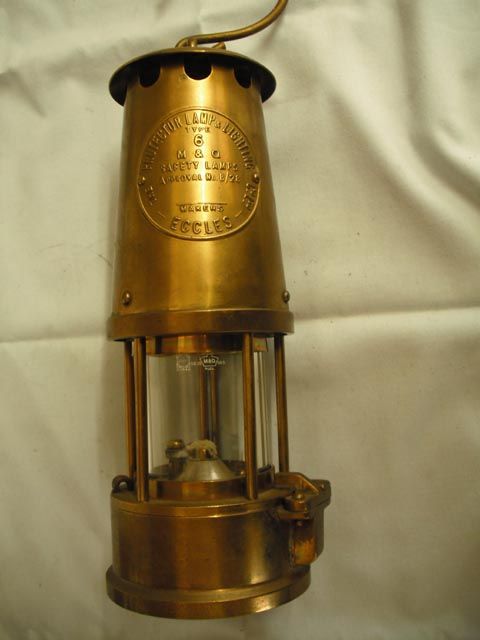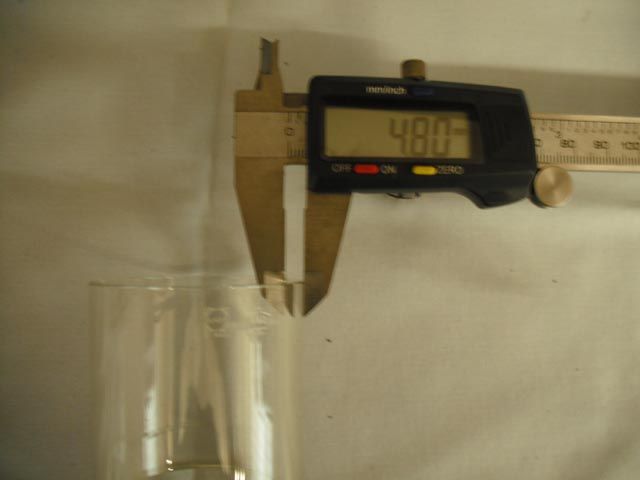Posted by Alan Charleston on 27/08/2019 07:04:51:
Hi Ken,
I'm not sure using a cut down bottle is such a good idea. Bottles are usually made from soda lime glass which doesn't handle thermal shock well…
Alan C.
Very true, but Ken is restoring an old lamp and I doubt he intends risking his life with it by digging coal from a gassy mine!
Davy's original lamp – the first practical design – relied only on metal gauze. It was dim and could cause an explosion if a draught of air pushed the flame into the gauze or if the lamp was knocked over. George Stephenson's second attempt at a safety lamp seems to be the first to add a glass shield and being brighter and relatively safe was widely used in Britain. My book doesn't say what sort of glass was used but in the early 19th Century I bet George didn't have borosilicate!
The Geordie Lamp was still imperfect and development carried on in the UK and abroad for another 50 years. A later lamp by Upton and Roberts offers more protection than the Geordie: the design calls for a 'thick glass cylinder'. The glass cylinder on Dumesnil's Lamp was 'carefully annealed' and protected by curved iron bars. Quite a few lamps were made with mica rather than glass.
The urge to smoke tobacco is so strong chaps risked killing themselves and all their mates by lighting up underground – even in modern times cigarettes have been found at the ignition point. Once reasonably bright and safe lamps were available, later improvements concentrated on ways of stopping miners from opening the lamp whilst it was lit. This may be a way of dating the lamp because later lamps have locks, say after about 1860.
For an ornamental restoration, I'd have thought ordinary glass would be fine, and doubly satisfying it can be made at home.
Dave
duncan webster 1.






